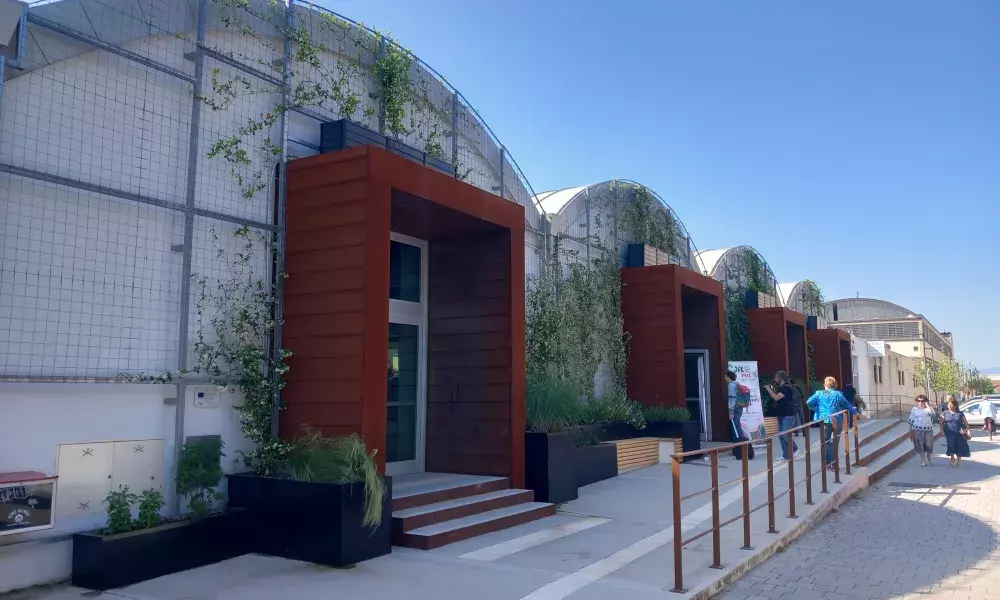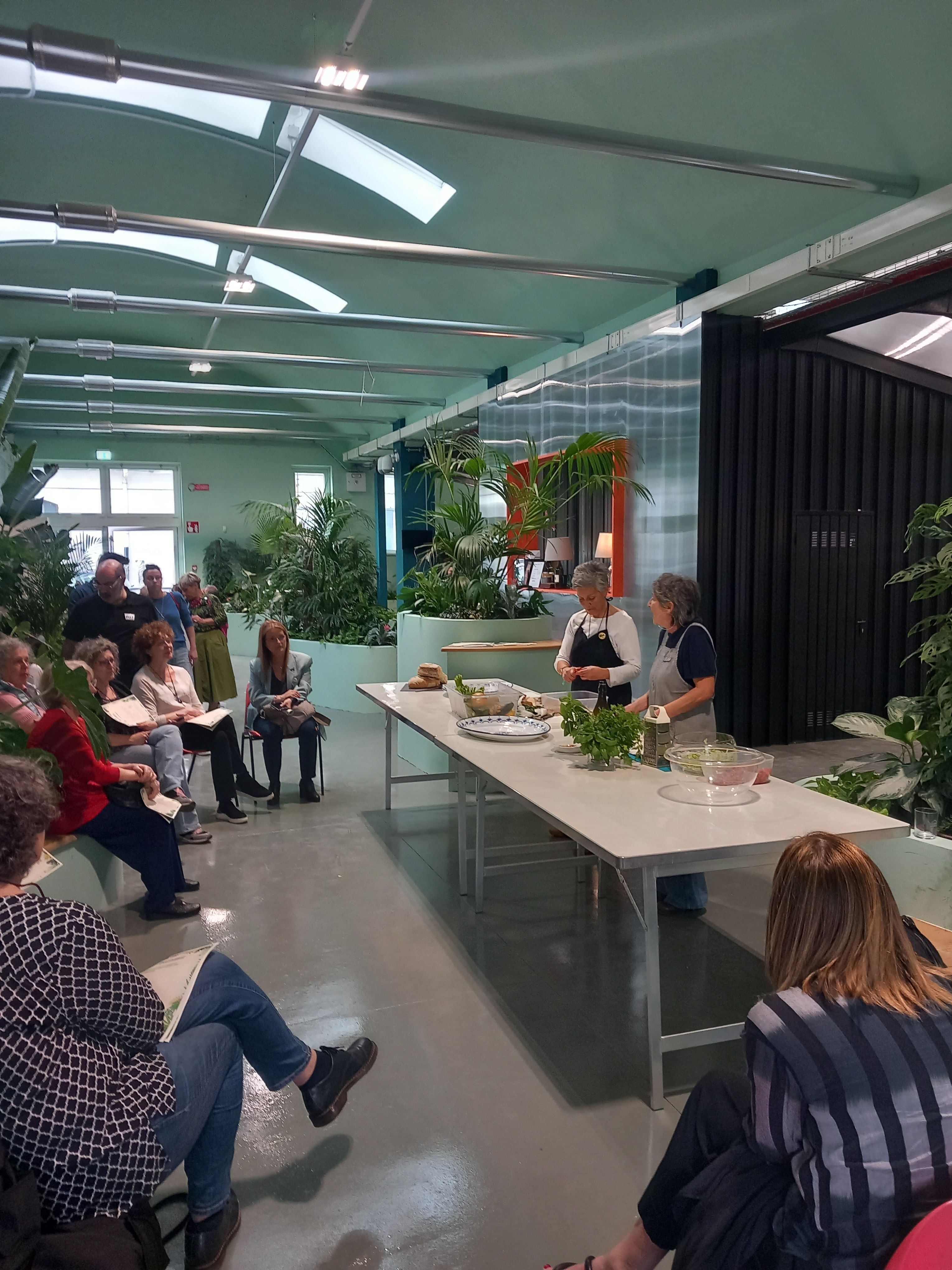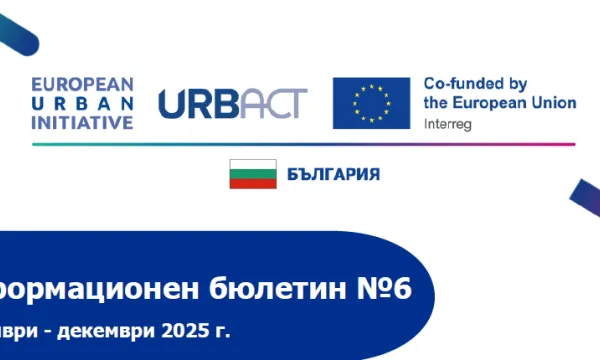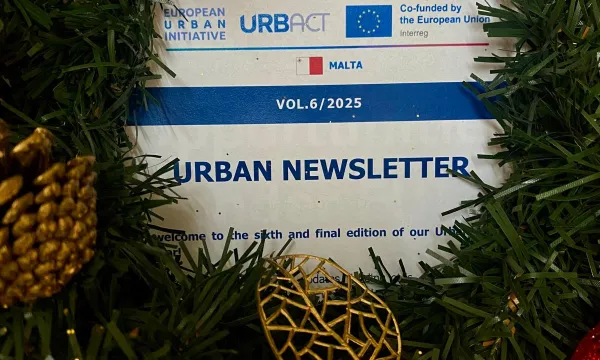
The project for the Macrolotto Zero was that the façades would be covered with plants and whose air would be purified by the largest Air Factory ever built. It would have been possible to consume local products and enjoy the benefits of a space regenerated by plants.
Within the Macrolotto Zero site, the design was carried out by PNAT, PUJ partner, making this a testbed for innovative nature and plant- based solutions.
In fact, within the PUJ project , PNAT was also responsible for drafting guidelines for the use of Nature and Plant-Based Solutions (PBS) in architecture. The Guidelines collect and classify PBS applications at the scale of the building and its pertinences and identify the criteria for evaluating the benefits generated. They also define a performance index, the Urban Jungle Factor, which is a fundamental operational tool for assessing the social, environmental, and economic impact of each solution, allowing to measure the soundness and sustainability of projects.
The term Plant-Based Solutions (PBS) identifies all the solutions, strategies, and interventions based on plants, capable of amplifying the sustainability and resilience of urban systems to climate change, of protecting and restoring biodiversity, and of bringing benefits in terms of health, well-being, air, water, and soil quality. Plant-Based Solutions provide for the use of plants in all dimensions of the built space, without limiting them to canonical, albeit fundamental, places such as parks, avenues, gardens, and flower beds. Used innovatively and efficiently, plants can cover the facades of buildings by reducing energy consumption, produce food on horizontal surfaces, purify the air of indoor environments, provide for the phytoremediation or renaturalization of abandoned and degraded areas, regiment and purify waste water, capture CO2 and filter atmospheric contaminants, responding effectively to the needs of sustainable development of cities.
Therefore within the Macrolotto Zero the first action to be carried out, was the creation of a measurement system to evaluate the effectiveness of natural solutions applied to the scale of the building and its appurtenances. This experimental system relies on pioneering studies carried out by some European and North American cities, to assign a score to green interventions in the city. The score is calculated with a formula that takes into account the green area compared to the total area of the building, and a factor that estimates the quality of the intervention with respect to the criteria of air, water, soil, food, health and well-being, comfort and biodiversity, as well as with respect to the use of resources. The Urban Jungle Factor was used as a guideline for carrying out an initial enhancement intervention on the new building of the City Market. Greenery is an element present both on the outside of the building volume, covering both the main facade and inside, making the vegetation and the building itself a biological machine capable of purifying polluted air, mitigating the impact of the building in the surrounding environment, combating the urban heat island effect.

Macrolotto Zero interiors. Photo by Eutropian
When looking at the internal spaces dedicated to the area for the consumption and administration of food and drinks, these are a large green lung, making it a space capable of removing atmospheric pollutants through plants in an innovative way. The external intervention focuses on utilising nature to transform the facade of the building into a green surface. This approach serves multiple purposes, including mitigating the building's impact on the surrounding environment, reducing heat buildup during the summer, and capturing atmospheric pollutants throughout its lifespan, leveraging the power of nature to enhance sustainability, improving microclimate conditions, and contributing to a healthier urban environment.
The most innovative aspect is the improvement of the air quality that the plants will produce thanks to the "Air Factory", a botanical purification system with which the pollutants present inside the premises will be largely removed and degraded thanks to the green “friends”. The Air Factory is an air purification system that utilises plant-based biofiltration to effectively and sustainably address the need for clean indoor air, acting as a natural and eco-friendly solution for indoor air quality improvement. Two Air Factories have been strategically positioned along the glass partition that separates the interior of the market from the external environment, specifically designed and sized to effectively purify the air inside the market. The benefits relating to this intervention are extensive, and vary from the improvement of air quality to the reduction of temperatures in the hottest periods. This drainage system allows for the removal of excess water from the tanks to prevent waterlogging and maintain optimal growing conditions for the plants. The drainage pipes are connected to the existing network, ensuring that the water is efficiently directed away from the tanks. The selection of plants for the intervention has been based on criteria of low maintenance and ease of management.
Whilst the physical intervention on the site, thanks to the Nature-Based Solutions,, can be considered a positive test, the broader urban impact of the site has been a trail and error process, aiming at finding the appropriate function for the site.
The project is an innovative project that aims to use nature-based solutions as an architectural key not only to improve buildings and their energy performance, but also as an opportunity to improve the quality of life of citizens.
Valerio Barberis, Councillor for urban planning, environment and circular economy of the City of Prato
The importance of being able to test solutions and accept possible adjustments, if not failures, when carrying out innovative solutions, is fundamental as it allows to improve the ideas. In fact, the planned market was not well accepted by the market vendors and farmers, who should have been involved, as considered too far away from the city centre where most costumers would be. At the same time, the project development was not carried out in close synergy with the local Chinese descent community, which didn’t uptake the building as part of their local services. For this reason at the current stage the building is being tested as a site for cultural and business events.



